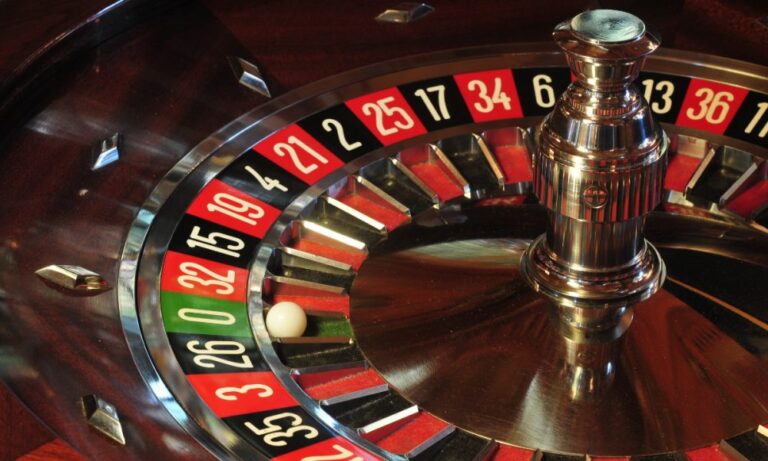
Online baccarat attracts players with its straightforward rules and multiple betting options. Unlike many casino games that require complex strategy, baccarat primarily involves choosing between three main bets before cards are dealt. Each option carries distinct mathematical advantages and disadvantages that directly impact player outcomes. Understanding these differences proves essential for anyone looking to approach the game strategically.
Banker bet – mathematics and commission
The banker bet remains statistically the most advantageous option in baccarat. This wager wins when the banker’s hand totals closer to nine than the player’s hand. With a house edge of approximately 1.06% after accounting for commission, it offers the best mathematical return among the standard betting options.
Most online baccarat games apply a 5% commission on winning banker bets, reducing the payout from even money to 0.95:1. This commission exists because banker hands win slightly more often than player hands due to the drawing rules that govern third cards. Despite this fee, the banker bet maintains mathematical superiority over extended play.
Player bet – simplicity and full payouts
The player bet wins when the player’s hand totals closer to nine than the banker’s. This option carries a house edge of approximately 1.24%, making it the second-best standard bet mathematically. Unlike banker bets, player wins pay even money with no commission deducted.
This commission-free structure appeals to many baccarat enthusiasts who prefer straightforward payouts. The slightly higher house edge represents the trade-off for this simplicity. Over shorter sessions, the difference between banker and player bets might not significantly impact results, making player bets reasonable alternatives for those who dislike tracking commissions.
Tie bet – high risk and high reward
The tie bet wins when the banker and player hands finish with identical totals. Depending on the online baccarat variation, this option typically pays 8:1 or 9:1; despite these attractive payouts, tie bets carry a substantial house edge ranging from approximately 14.4% with 8:1 payouts to 4.8% with 9:1 payouts.
Ties occur in roughly 9.5% of hands, making them relatively infrequent. The high house edge on tie bets makes them mathematical disadvantages for regular play. Most experienced players avoid tie bets or use them sparingly as occasional high-risk, high-reward options rather than primary betting choices.
prn.fm collect data showing that players who frequently make tie bets experience faster bankroll depletion than those who stick primarily to banker and player options. This statistical reality confirms that attractive payouts don’t compensate for the infrequency of tie outcomes.
Pair bets and other side wagers
Beyond the three main bets, many online baccarat variations offer side wagers like player pair, banker pair, or perfect pair bets. These options typically pay between 11:1 and 25:1 when specific card combinations appear. While enticing, side bets generally carry house edges between 10% and 15%, making them mathematically unfavourable.
Side bets add excitement and potential for larger payouts but significantly increase the overall house advantage when played regularly. They function effectively as entertainment enhancements rather than strategic options for players concerned with mathematical optimization.
Ultimately, each betting option presents a valid choice depending on individual preferences and playing style. Players seeking mathematical optimization gravitate toward banker bets, while those valuing simplicity might prefer player bets. Resources available through prn.fm demonstrate that successful baccarat players typically emphasize banker bets while maintaining realistic expectations about overall results.




